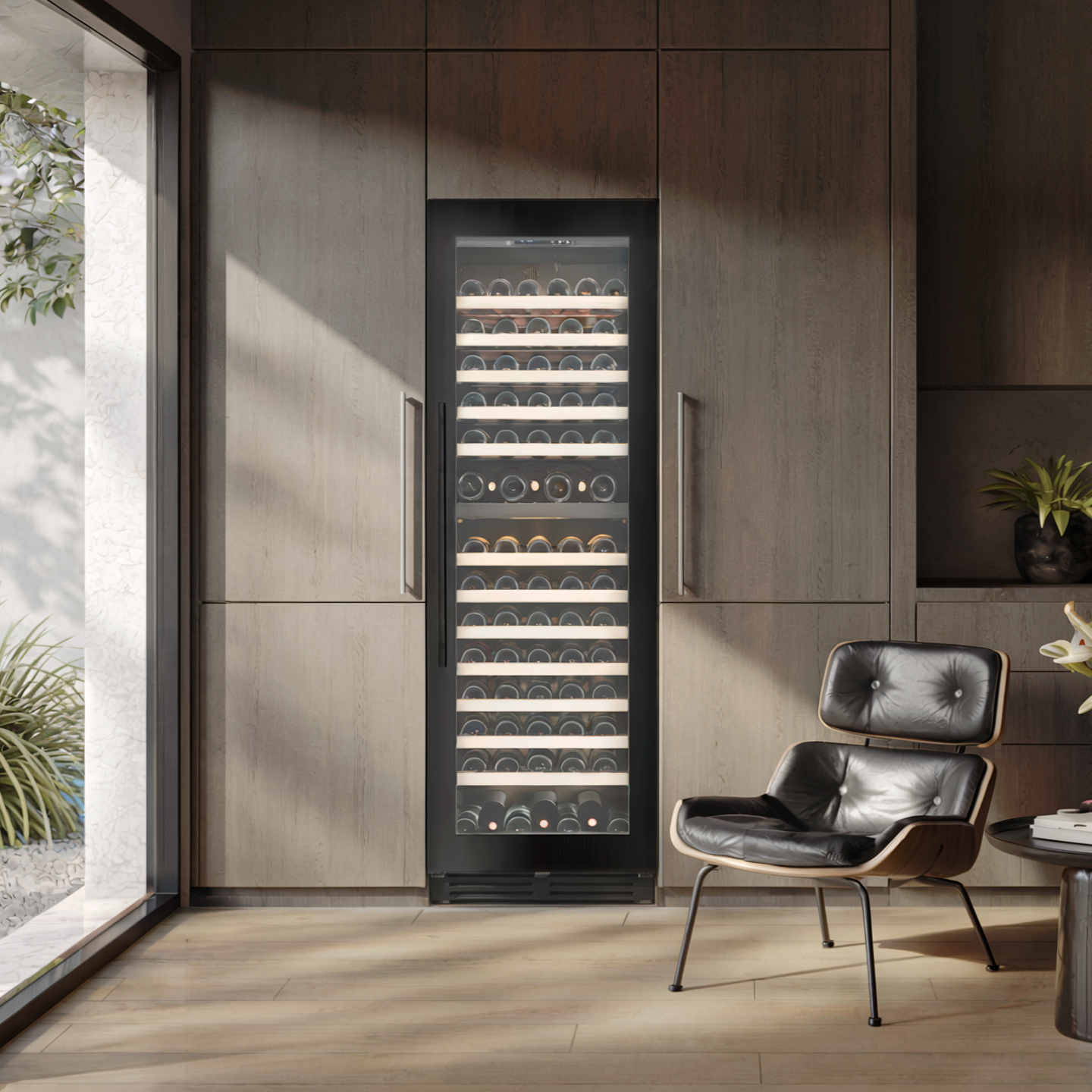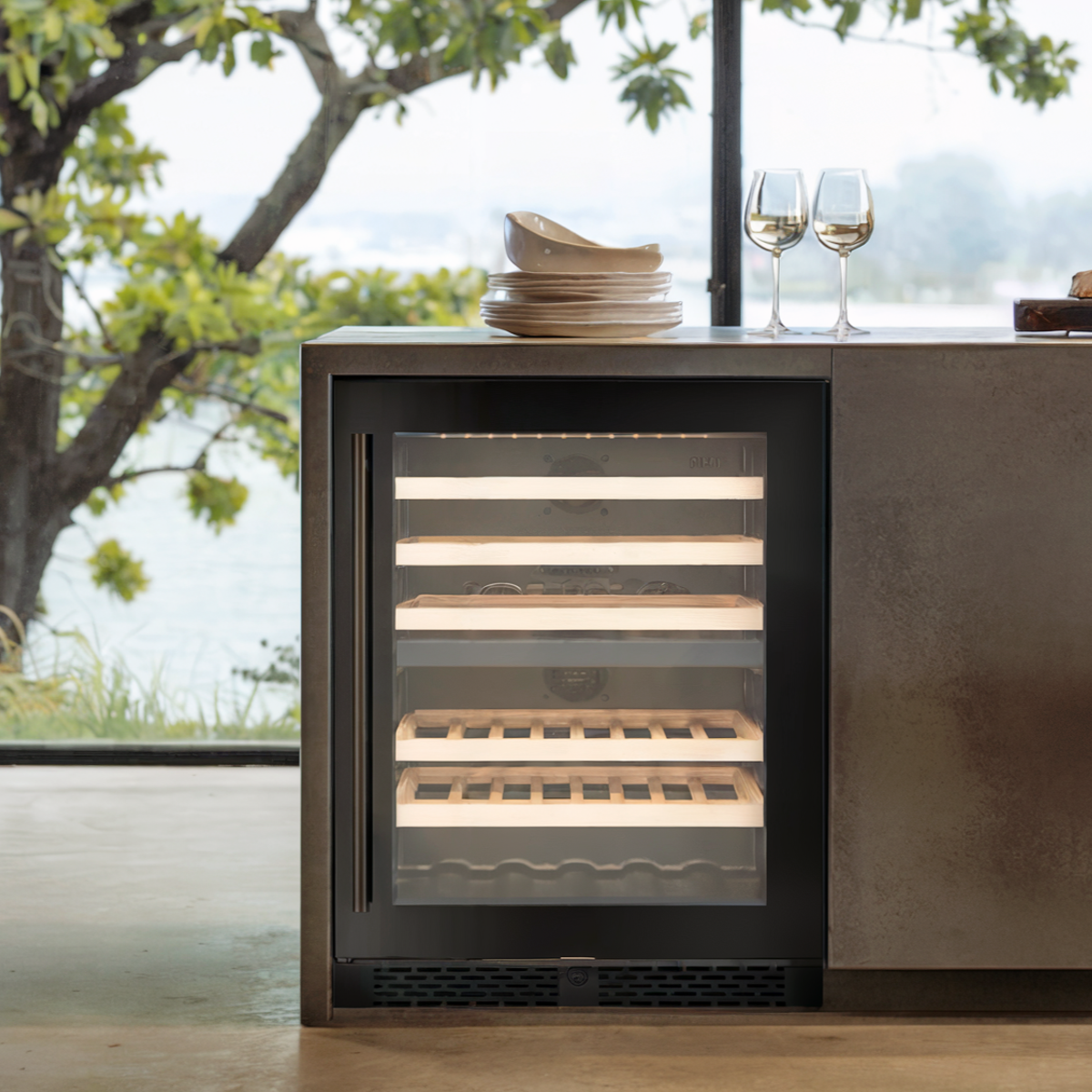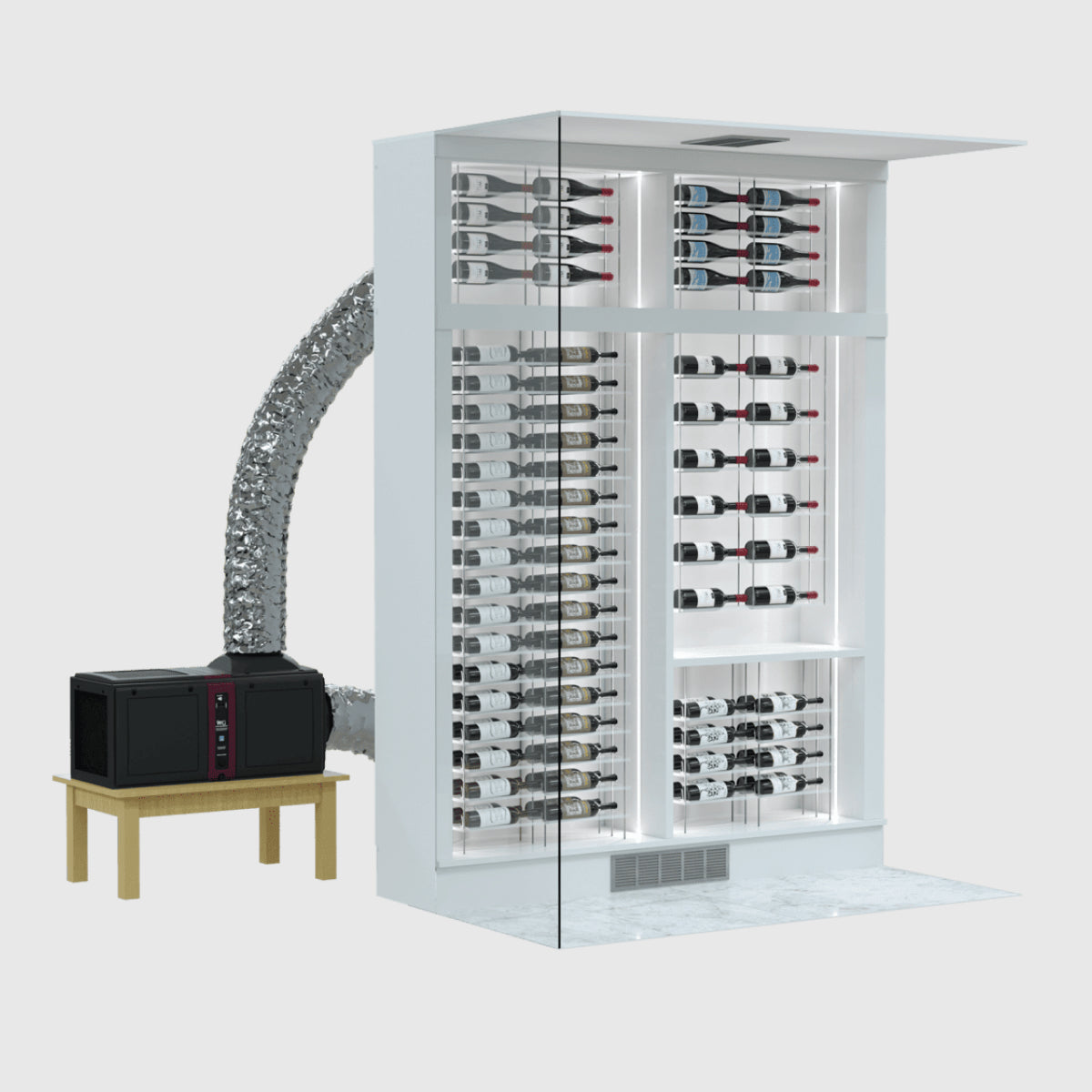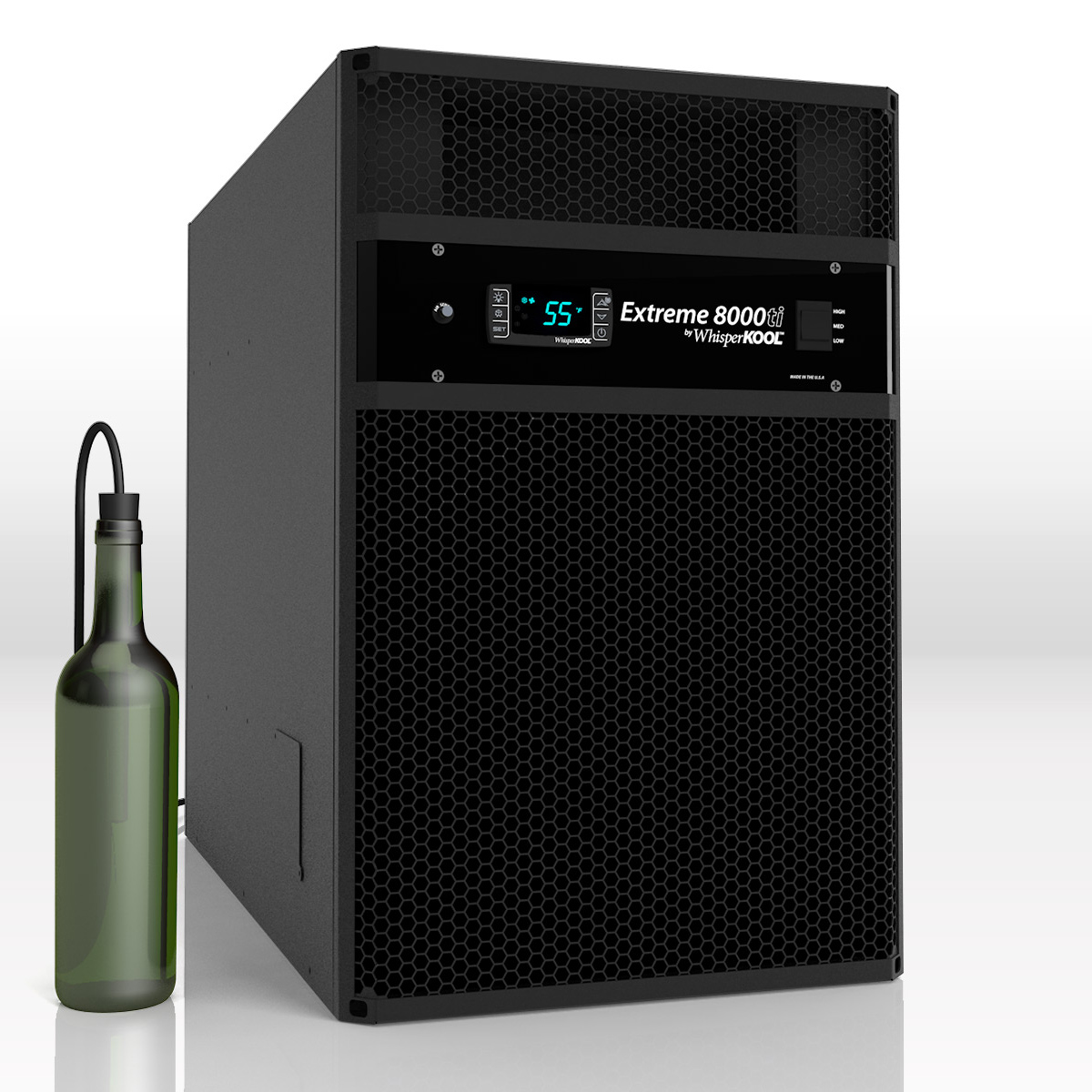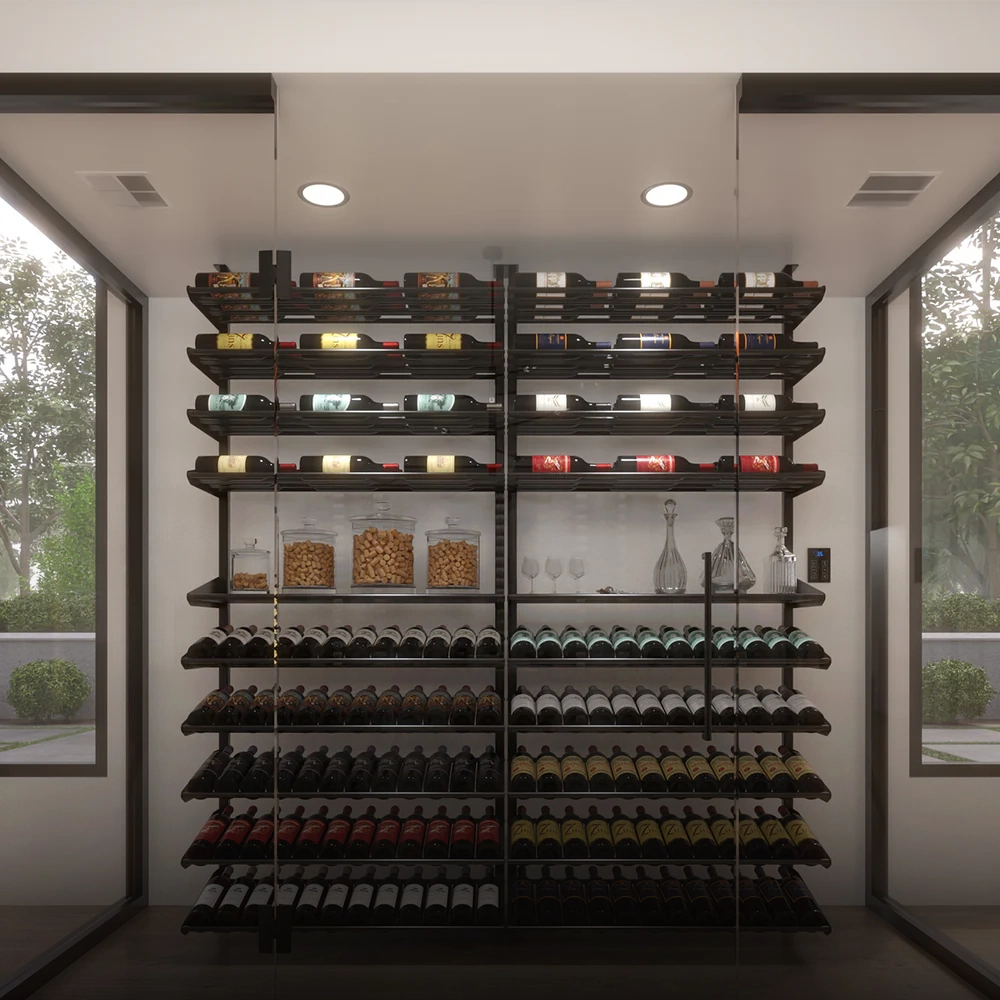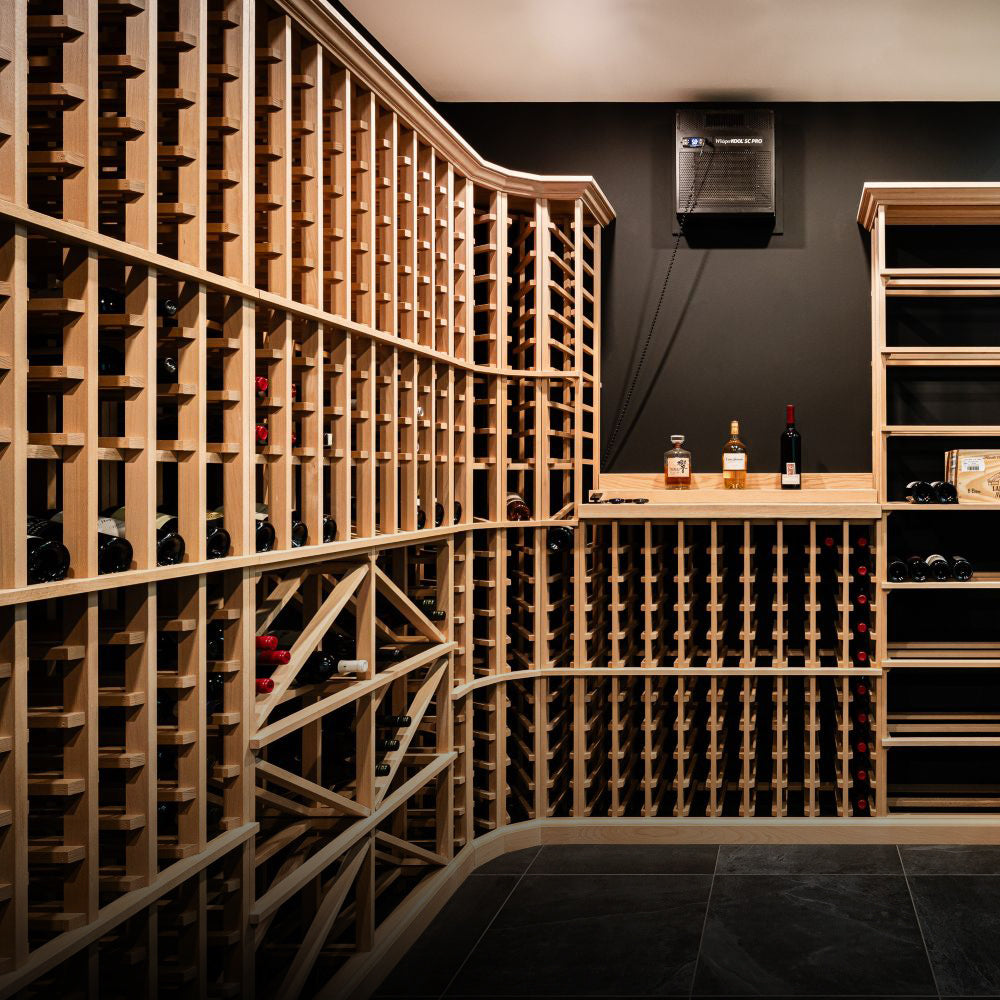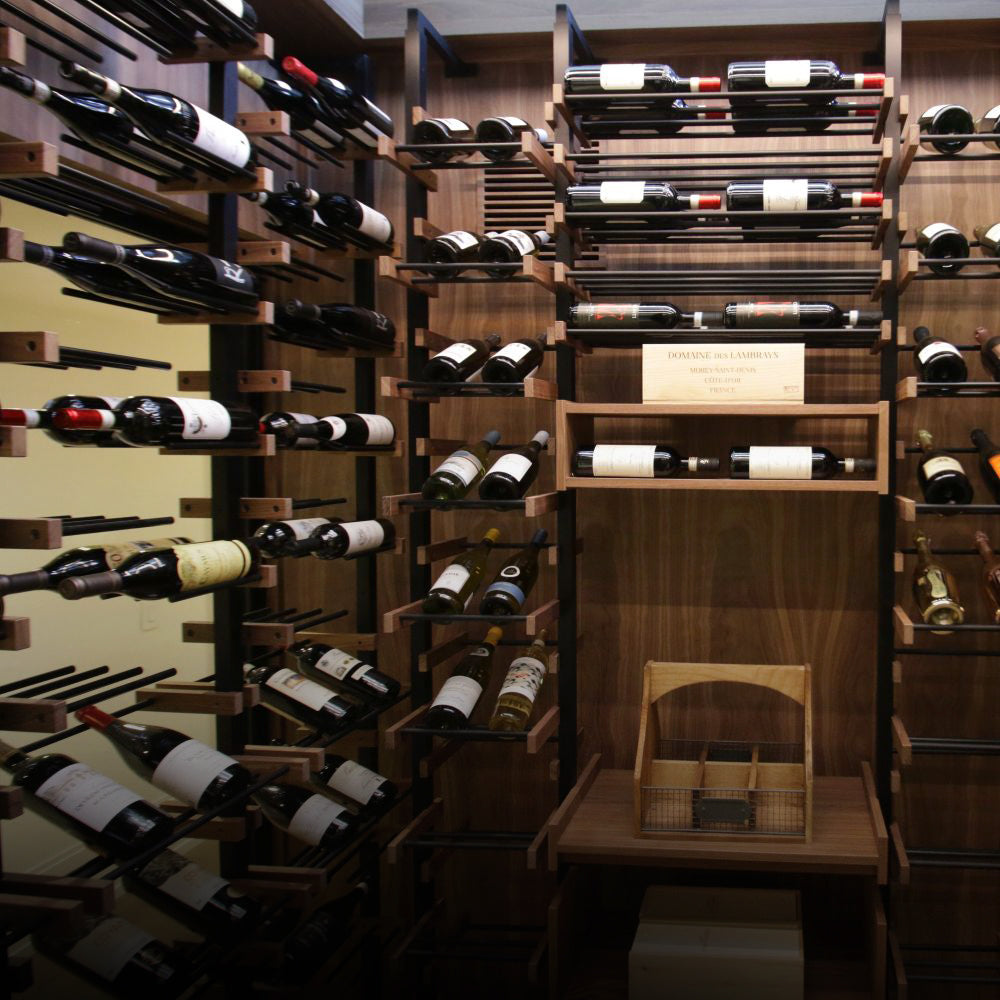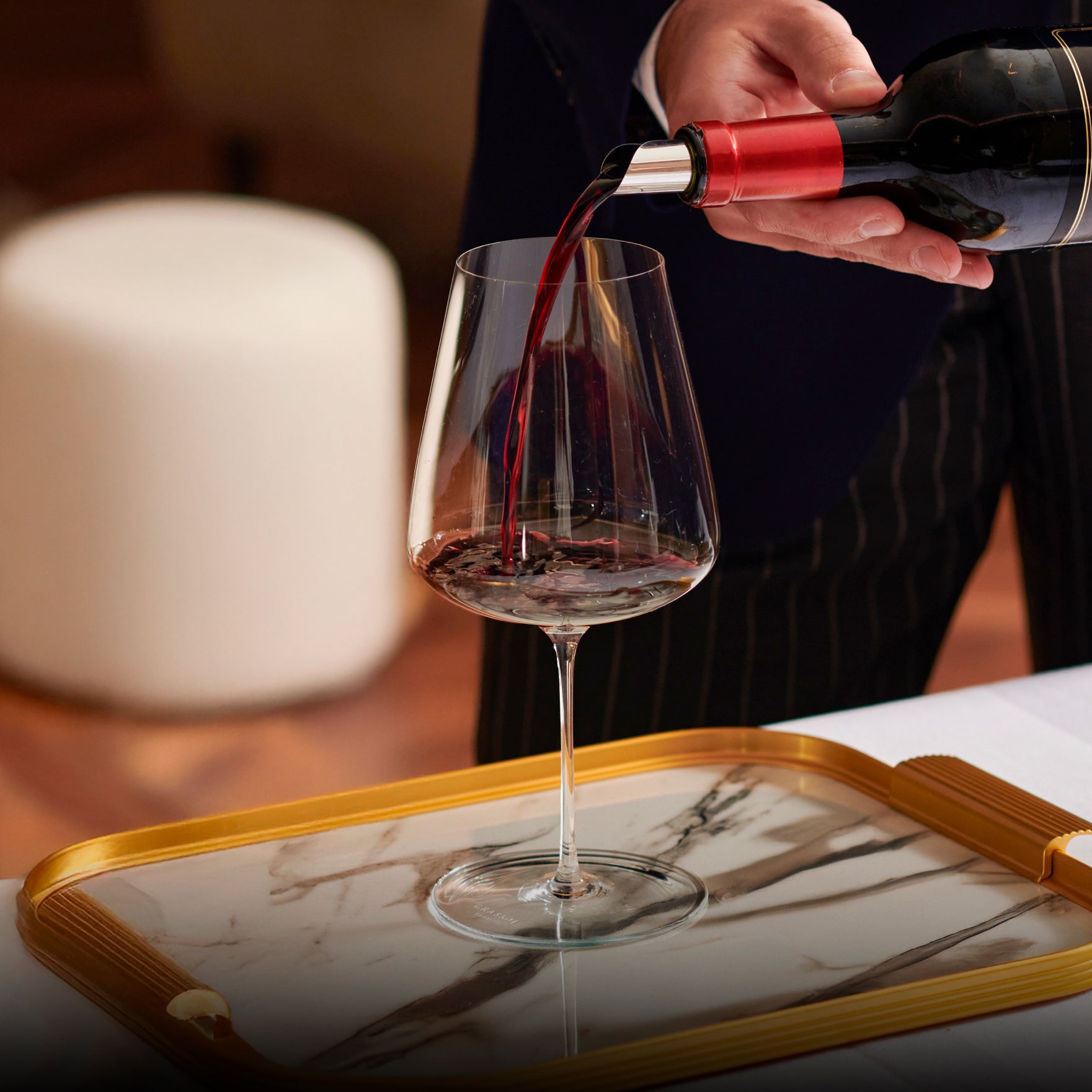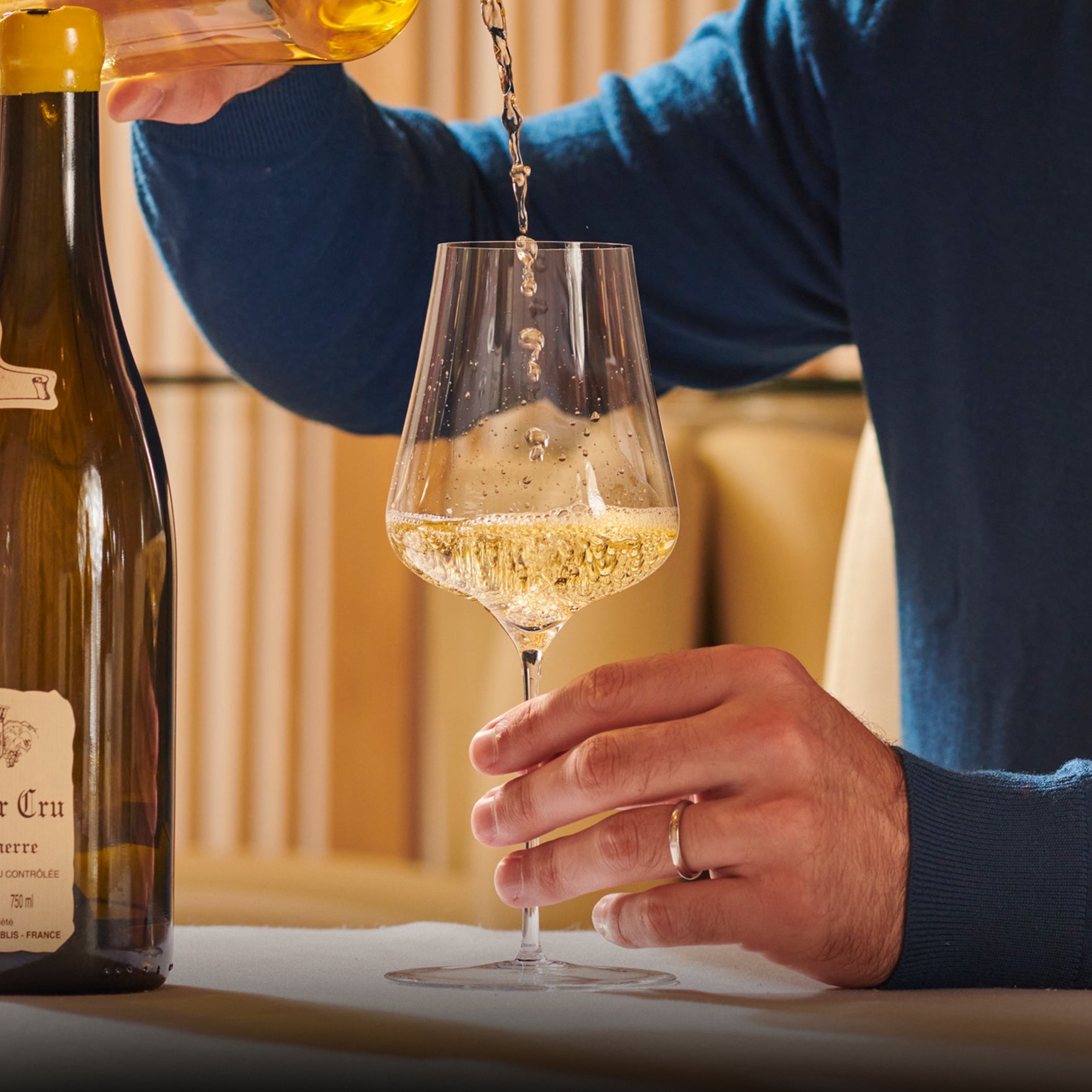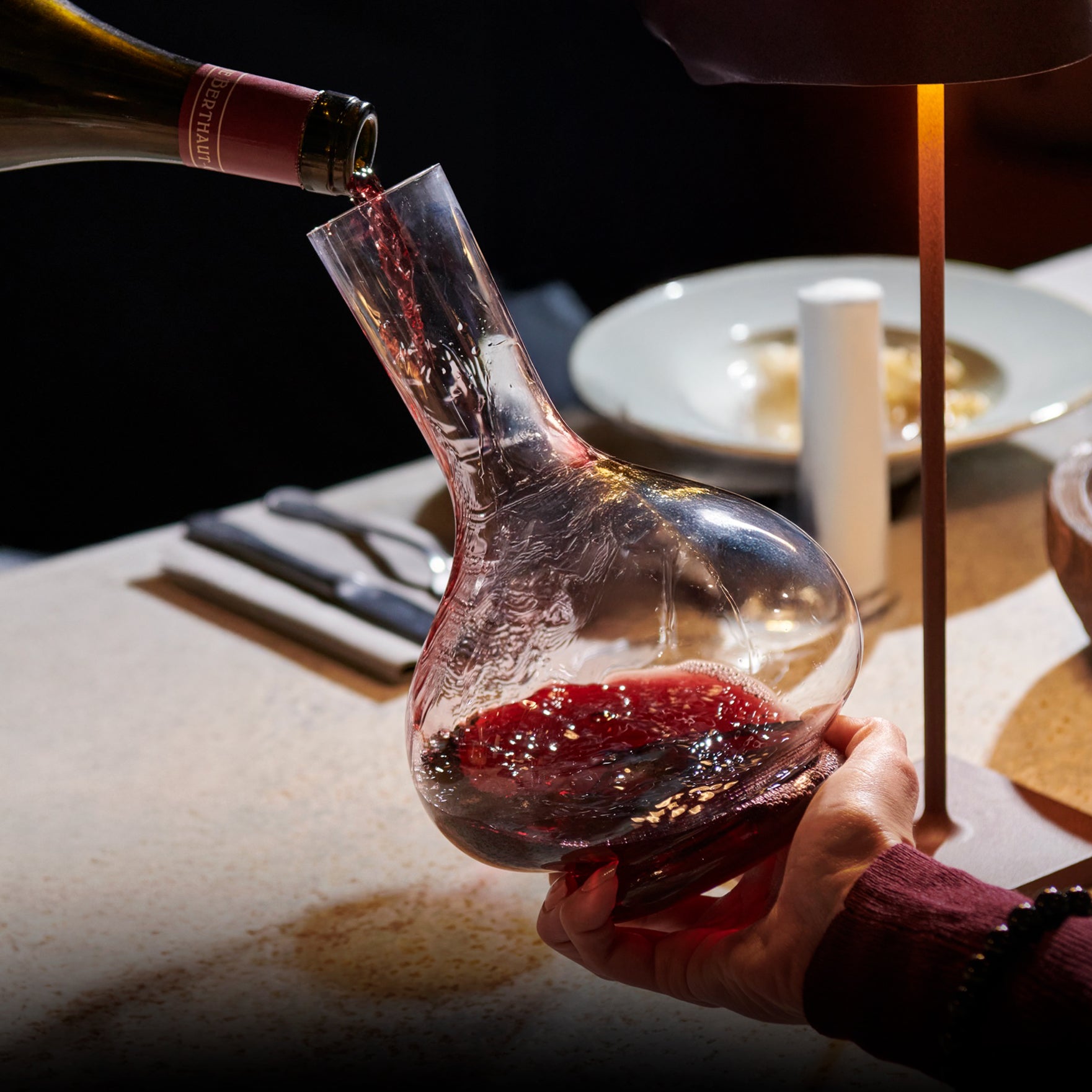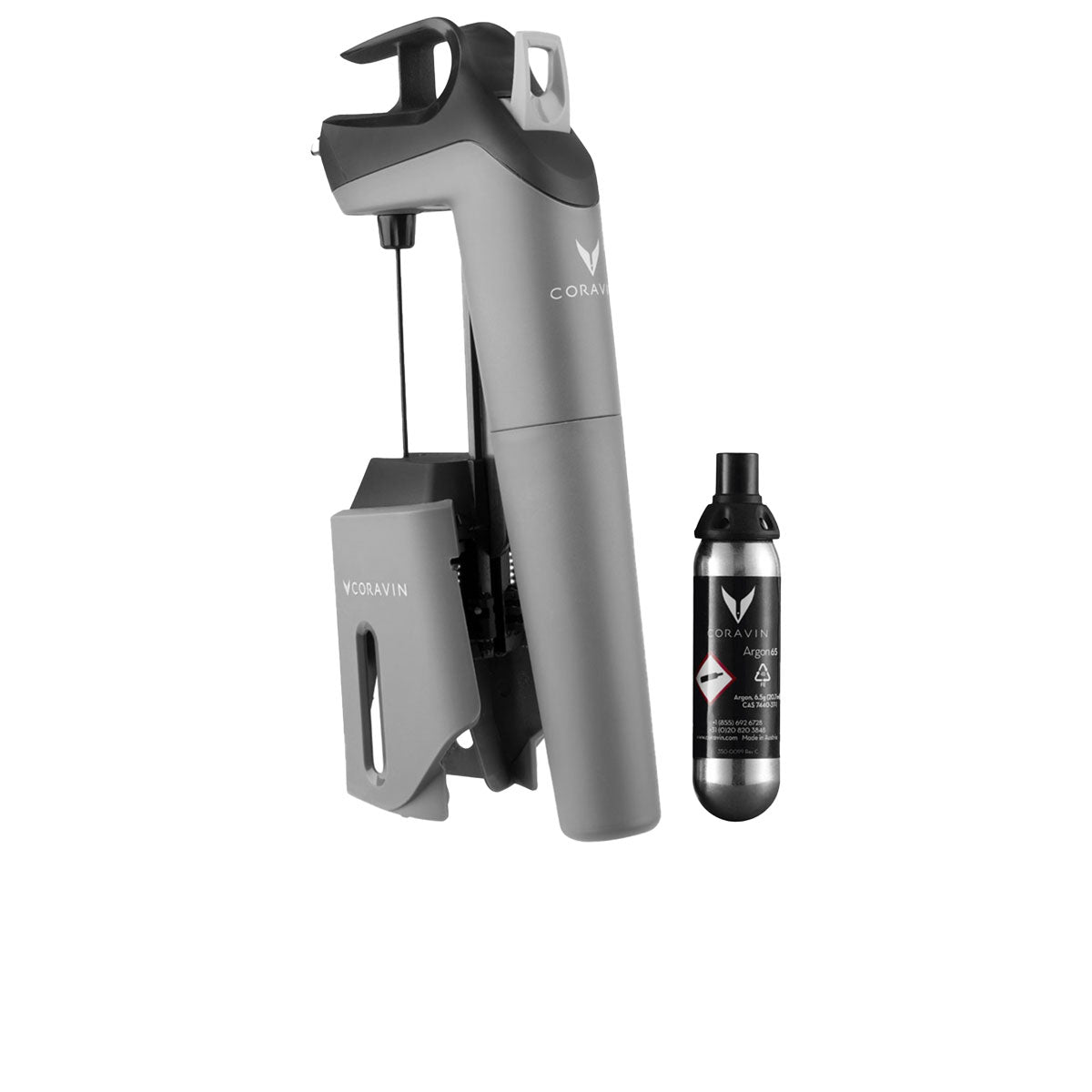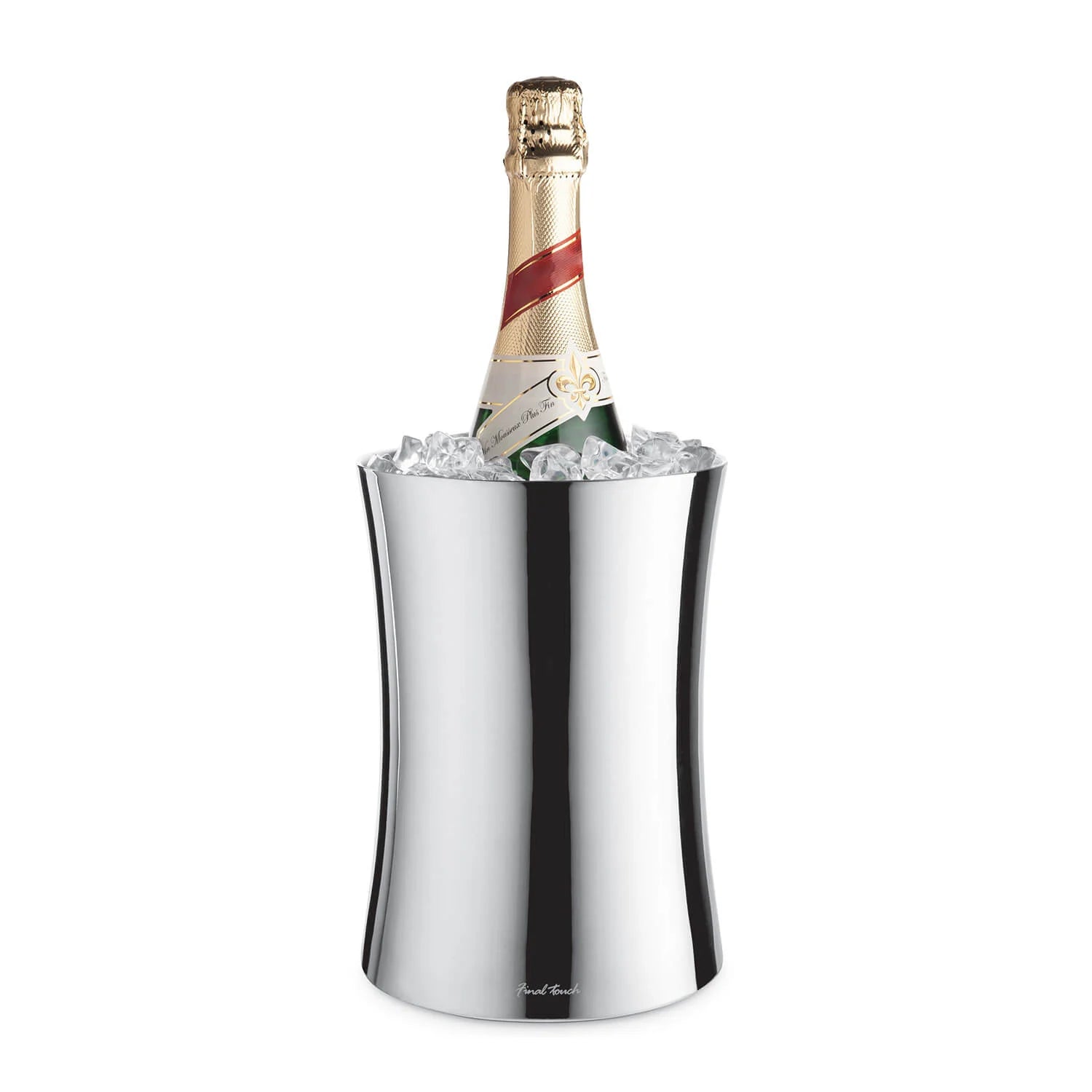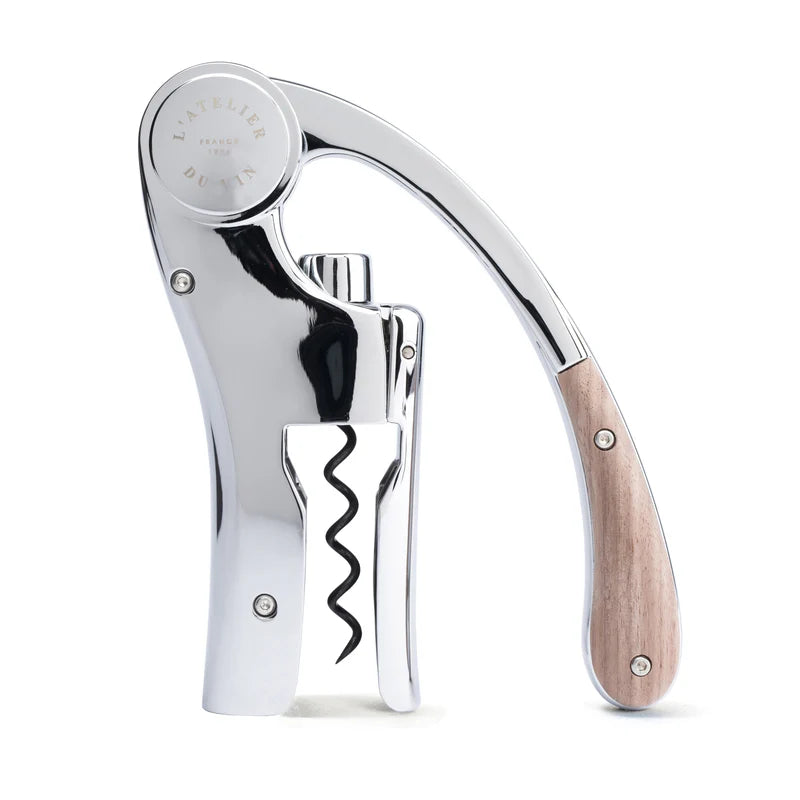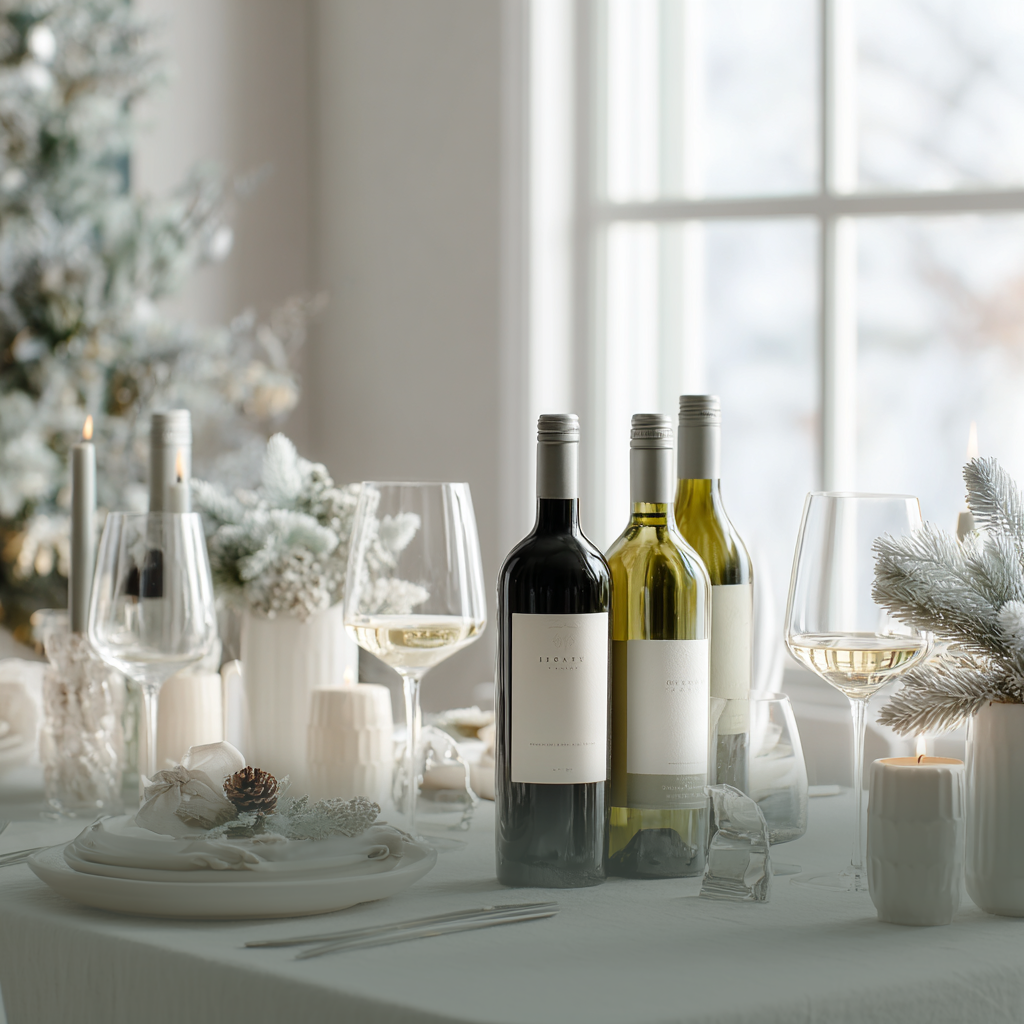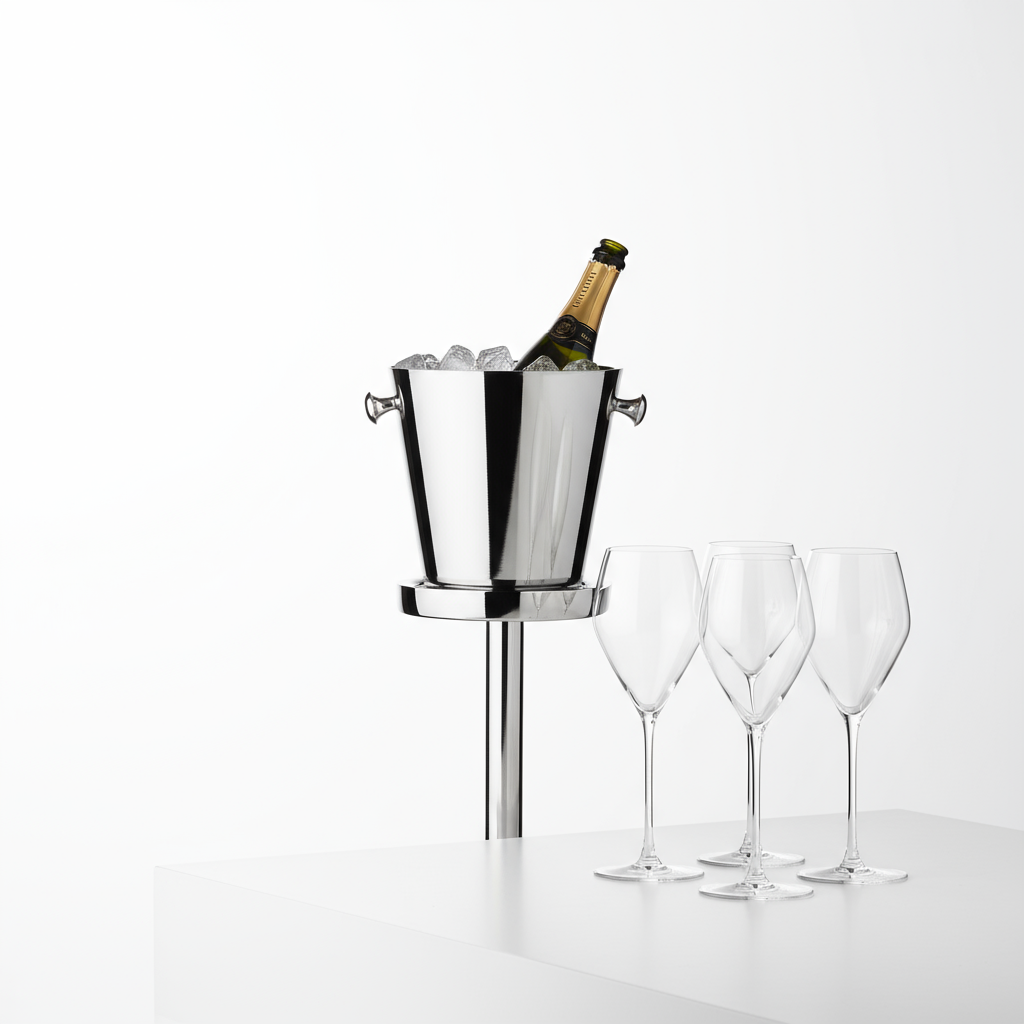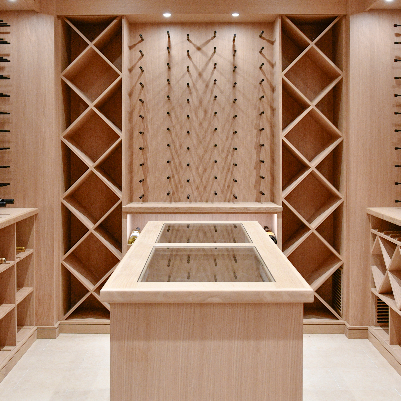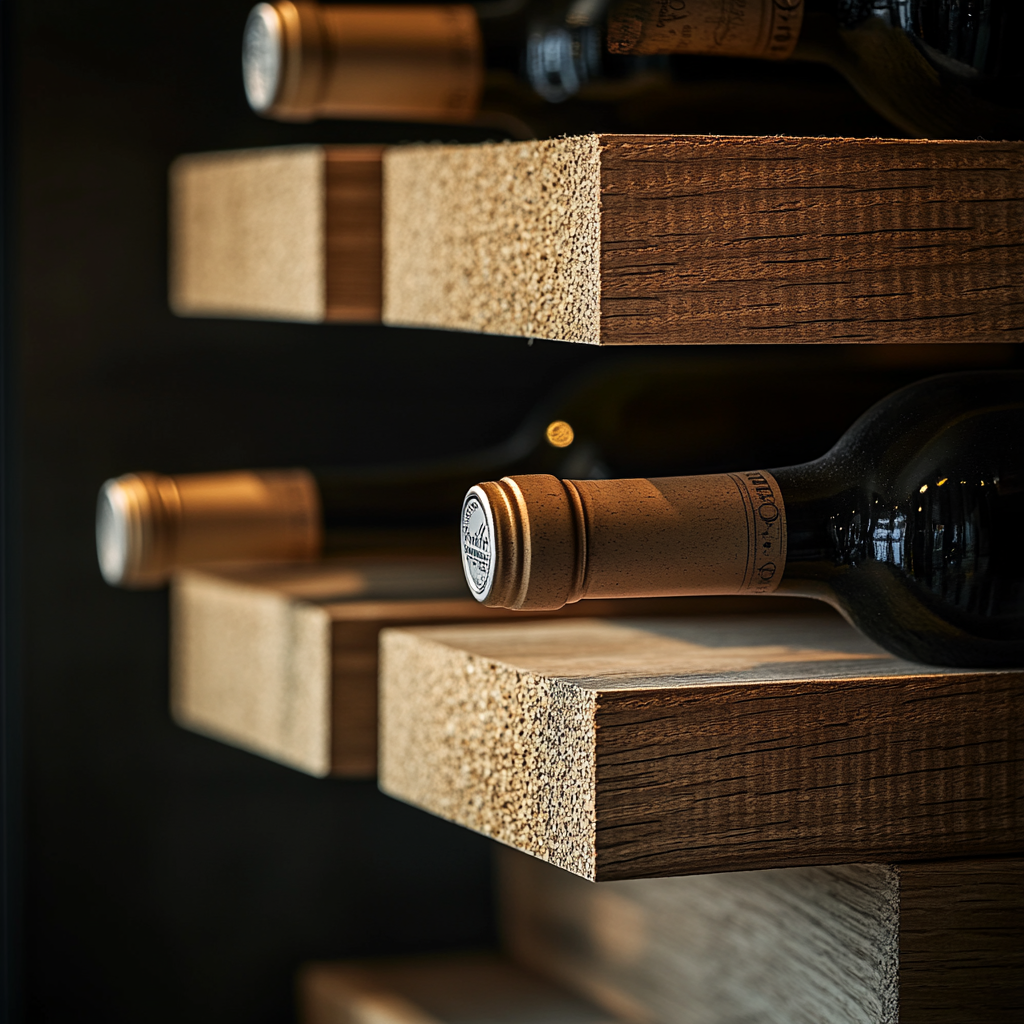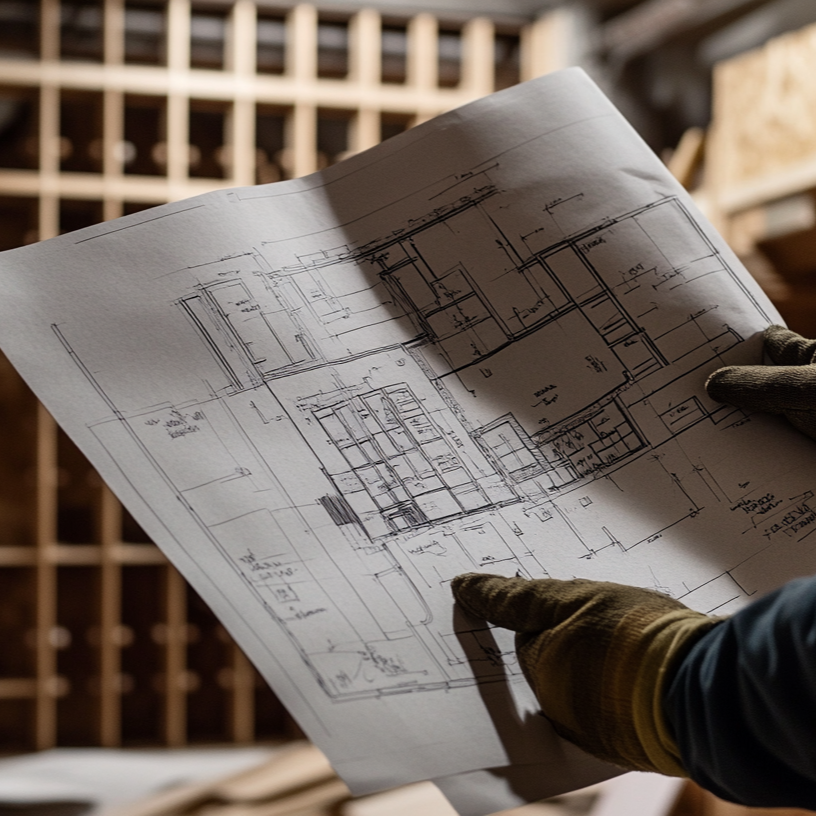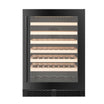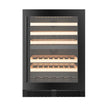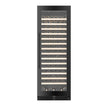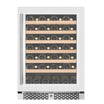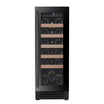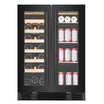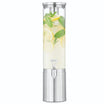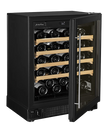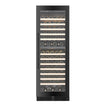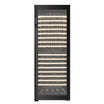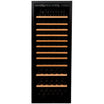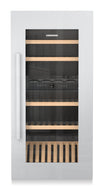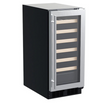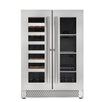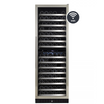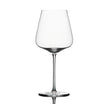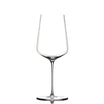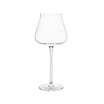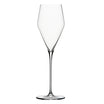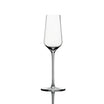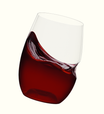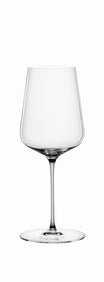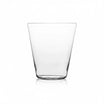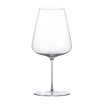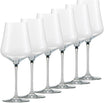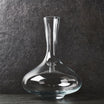The purpose of a wine cellar cooling unit is to maintain a specific temperature in your wine cellar storage space. Temperature and airflow influence the wine aging process. They help bring subtle flavours and textures to the forefront of a wine taster’s palate.
Wine collectors spend a significant amount of time and money expanding their collections. For this reason, store your collections in the correct environments so they safely age and ferment. A wine cellar cooling unit ages your collections with the proper care.
Three factors influencing wine cellar cooling unit selections
Enable Wine Fermentation

Increase the quality, flavour, and value of your wine with wine cellar cooling units.
There are several important variables that help you select a wine cellar refrigeration cooling unit. Decide how to use your designated wine cellar storage space. Afterwards, select a wine cellar cooling unit that will help your wine bottles become finely aged vintages.
How much cubic space encompasses your wine cellar
The first factor to consider is a matter of dimensions. In your home basement wine cellar, light and temperature are more controllable variables. Therefore, determine how much space you need to cool down the space.
Write down the measurements of your wine cellar space to get the cumulative cubic dimensions. Use this information as you select the best wine cellar cooling unit. Speak with the manufacturers to determine if their product is built to support a wine cellar space like yours.
What type of insulation encompasses the wine cellar
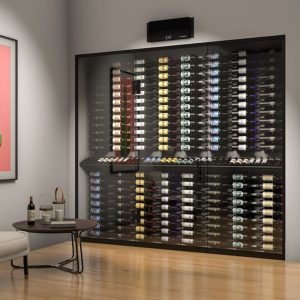 Some wine cellar cooling units are built for specific types of insulated environments. Others can serve their purpose in virtually any enclosed space. If you’ve built your own wine cellar space, you likely know what insulation you selected when developing the space.
Some wine cellar cooling units are built for specific types of insulated environments. Others can serve their purpose in virtually any enclosed space. If you’ve built your own wine cellar space, you likely know what insulation you selected when developing the space.
Speak with wine cellar cooling unit retailers to learn about the various insulations. Use those insights to decide what type of cooling unit to purchase. Make sure you do your due diligence. Don’t mistakenly purchase a cooling unit that can do more harm than good to your wine collection.
What type of power considerations run through the wine cellar space
There are multiple ways to run power through a wine cellar space. For instance, use thermoelectric or compressor technologies. There are advantages and disadvantages to each option that you’ll want to consider.
Also, consider how much voltage a typical wine cellar cooling unit requires. Many people forget to consider what effect a cooling unit has on hydro bills. For example, a small wine cellar cooling unit could use only 70 watts, on average. In other cases, cooling units use double that amount at 140 average watts.
Think about your requirements and the added cost it will place on your household budget. Make sure your home wine cellar investment is an affordable one.
Wine cellar cooling unit styles
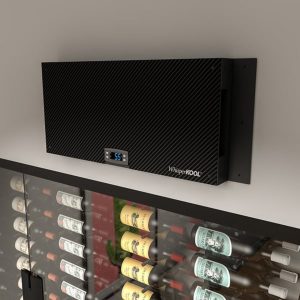 Complete the environmental assessment before moving onto your next step. Afterward, research the types of wine cellar cooling units that can support your private winery. Subsequently, research the relationship between the wine condenser, the evaporator, how those features are packaged together and, ultimately, which option is best suited for your personal wine cellar.
Complete the environmental assessment before moving onto your next step. Afterward, research the types of wine cellar cooling units that can support your private winery. Subsequently, research the relationship between the wine condenser, the evaporator, how those features are packaged together and, ultimately, which option is best suited for your personal wine cellar.
What are those four style options? Here’s a quick overview that breaks each option down. Use these insights to determine which unit will best support your private wine storage space.
Self-contained wine cellar unit
The self-contained unit is a popular choice for one key reason: the wine condenser and evaporator are packaged in one contained structure. Specifically, they can be placed outside the wine cellar space itself in a nearby storage room.
Cool air flows into the wine cellar while warmer air is filtered outside to the storage space where the cooling unit is situated. This ensures the room temperature within the cellar remains optimal for the wine aging process to occur uninhibited.
Fully ducted self-contained wine cellar unit
Noise is the key differentiator between degrees of ducted wine cellar cooling units. A fully ducted self-contained unit can be installed up to 25 ducted feet away from the wine cellar. This makes it one of the quietest cooling unit models on the market.
Noise and vibration also influence the wine aging process. Invest in a cooling unit that has minimal effect on the sonic vibrations in the allotted space. It’s a great investment to secure your wine cellar storage.
Split wine cellar cooling system
The split wine cellar cooling unit is the antithesis of the self-contained cooling unit. The self-contained model packages the condenser and evaporator together. The split system, on the other hand, separates the two and where they’re positioned adjacent to the cellar.
The split model locates the noisier condenser outside the wine cellar, typically in the storage space located near the designated cellar. The evaporator, meanwhile, remains located in the wine cellar space to help control airflow in and out of the room.
Fully ducted split wine cellar cooling system
Fully ducted split wine cellar cooling systems separate the wine compressor and evaporator. As a result, neither technology is situated within the wine cellar space itself. To this end, they conduct the flow of air in and out of the wine cellar.
Examples of the best wine cellar cooling units
Complete your wine cellar with built-in wine coolers

Now, you know about the environmental and technical considerations to select a wine cellar cooling unit. It’s time to look at all the options on the table. Therefore, here’s a quick rundown of some of our best recommended wine cellar cooling units to set the temperature in your home wine cellar.
Cellar Pro 1800XTS Series Wine Cooling Unit
The CellarPro 1800XTS wine cooling unit series was designed for cabinets and small spaces. This popular model is 18″w x 16.5″d x 10.5″h with a top or rear heat exhaust system. It’s a good fit for both residential and small commercial cellars or dining establishments.
These cooling units are installed above the wine cellar when used with a front intake hood. They can also be installed completely inside the wine cellar when used with the rear duct kit. Supply and return air flows from the rear of the cooling unit to be ducted up to 100 equivalent feet (50 feet per duct). Energy-saver mode, quick-chill mode, and auto-defrost cycle provide convenient solutions to common cellar needs.
CellarPro cooling units are designed to operate in environments ranging from 40 to 95 degrees. We recommend adding our compressor heater modification in environments that dip down to 20°F. The cooling unit’s performance will begin to degrade if it falls too far below 20°F. For this reason, this unit has cooling capacity for cellars that are 200-400 Cu. Ft.
Wine Guardian D025 Ducted Wine Cellar | Sentinel Series 1/4 Ton
 The D025 Ducted Wine Cellar cooling unit is a self-contained, pre-charged design that’s built for small residential and commercial wine cellars. It’s available in either an air-cooled or water-cooled configuration.
The D025 Ducted Wine Cellar cooling unit is a self-contained, pre-charged design that’s built for small residential and commercial wine cellars. It’s available in either an air-cooled or water-cooled configuration.
The highly versatile D025 is best suited if your cellar space is built with lots of glass. The Extreme Climate Protection bundle protects your wine collection with temperature ranges between 4°C (40°F) and 37°C (100°F).
The All Wine Temperatures bundle contains both a factory-mounted heater that protects the cellar from the effects of outside temperatures. Extended controls are built into the unit that can be used to adjust your wine display to serving temperatures. The Ultimate bundle contains all the features from the Extreme Climate Protection and All Wine Temperatures bundles.
KoolR Koolspace Series
Are you looking for a real quiet wine cellar cooling unit? This model is the standard for others to measure the noise of their products. The KoolR Koolspace series leads the industry in efficiency, power and quality. Koolspace, koolR™ is an excellent choice for small spaces.
Ideally, koolR / KoolRPlus Magnum units should be installed above the cellar door. They need air circulation to flow around the unit. The cooling unit’s rear end conveniently monitors the temperature inside your wine cellar with a built-in digital display. The koolR & KoolRPlus (Magnum) wine cellar cooling units come with an off-white colored front grill. Thus, they can be painted any colour to allow the back end of the device to blend-in with existing decor.
The units come standard with a High-Temperature Alarm. The system’s electronic controls come with advanced EMI / RFI filters. EMI Filters, or electromagnetic interference filters, are also known as RFI Filters or radio-frequency interference filters. They emit an electrical device / circuit that mitigates the high frequency electromagnetic noise present on the power lines.
Breezaire Compact Series
Breezaire WKCE Compact Series Cooler Units are smaller-sized cellar cooling units that blow the cold air out the bottom.
The air flow direction is ideal when the unit is installed in cabinets or narrow width spaces. Compact units are configured with hot air blowing from the top of the unit instead of the standard design at the back. A cut-out wall space adjacent to the unit enables the fresh air intake to properly circulate air throughout the storage space.
Cellar owners frequently choose Breezaire because of the attractive metal cabinet that aligns with cellar decor. It’s also easily mountable flush against any wall. Another popular selling feature is their easy installation with a simple connection to a standard 115AC source (230V/50Hz also available as special order). No plumbing, no complicated wiring or special procedures are required for on-site installation. However, you may want to prepare for a drain line. Split system units also require professional installation by a licensed refrigeration technician.
WhisperKOOL Mini Split Wine Cooling Unit
WhisperKOOL Platinum Mini Split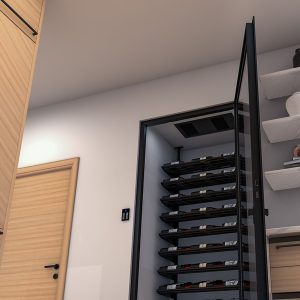 is a compact-wall mounted wine cellar cooling unit that cools wine cellars up to 500 cubic feet.
is a compact-wall mounted wine cellar cooling unit that cools wine cellars up to 500 cubic feet.
It’s a good choice for a converted closet, pantry, or an economical wine cellar. The Platinum Mini Split comes with our most advanced controller. It gives the user complete control over their cellar environment.
The Platinum Series of split systems is a more customizable unit. You can decide where the evaporator unit and the condensing unit will be located. The condensing unit can be located up to 100 feet away from the evaporator unit. Mount the evaporator unit in the cellar or within the nearby air ducting. It’s strongly recommended that buyers also purchase exterior housing with the WSSMINI. Without the housing, the inner fan is exposed.
There is no additional delivery cost if the housing is ordered with the cooling unit. There will be a delivery fee if the housing is ordered separately afterwards. A Ceiling-Mount Mini Split is also available where the evaporator may be fully or partially recessed into the ceiling for a very discreet appearance.
Maintaining Your Wine Cellar’s Chill
After a wine cellar has been built, regardless of its size, volume and material specifications, the time will still come when regular inspections are needed to keep an eye on its integrity and make sure you’re not inadvertently cooling down your entire house or restaurant. Even giving the unit a good vacuum occasionally will help to clear any build-up.
During wine cellar inspections, the use of thermal imagery can determine whether the conditions of the cellar plus the wine cooling unit still provide the ideal environment for wine storage.
Conveniently Chill Your Wine


